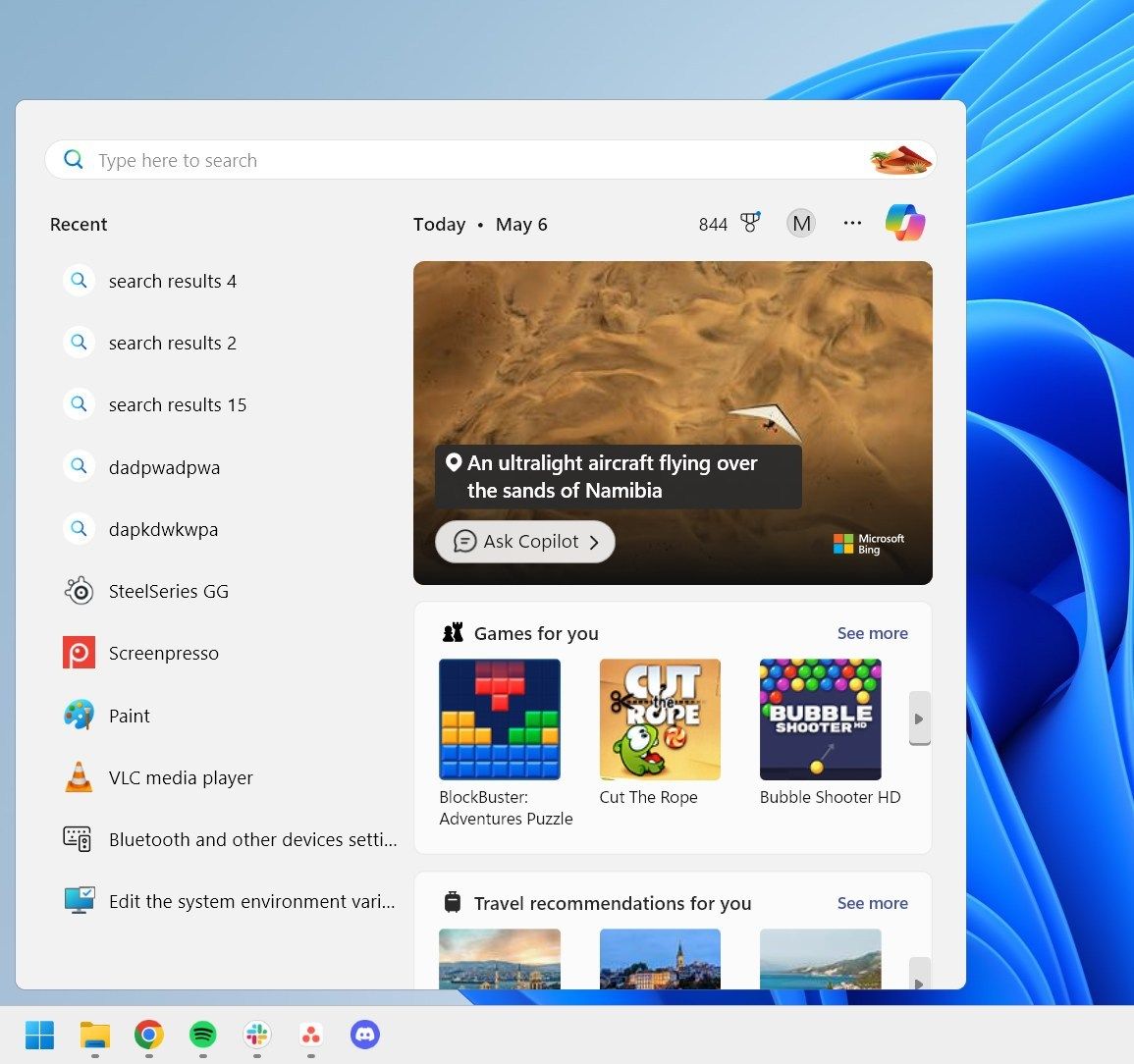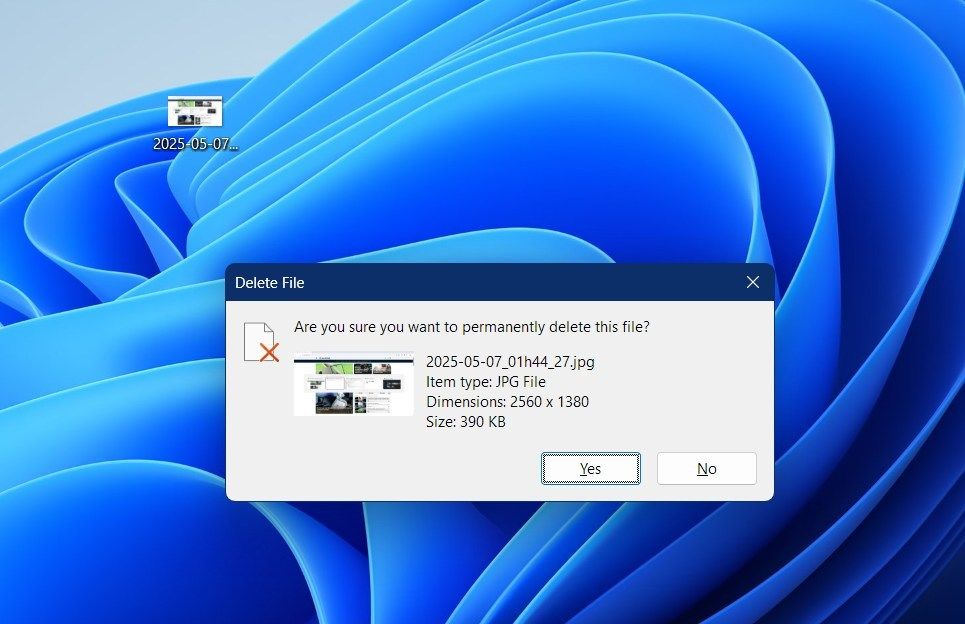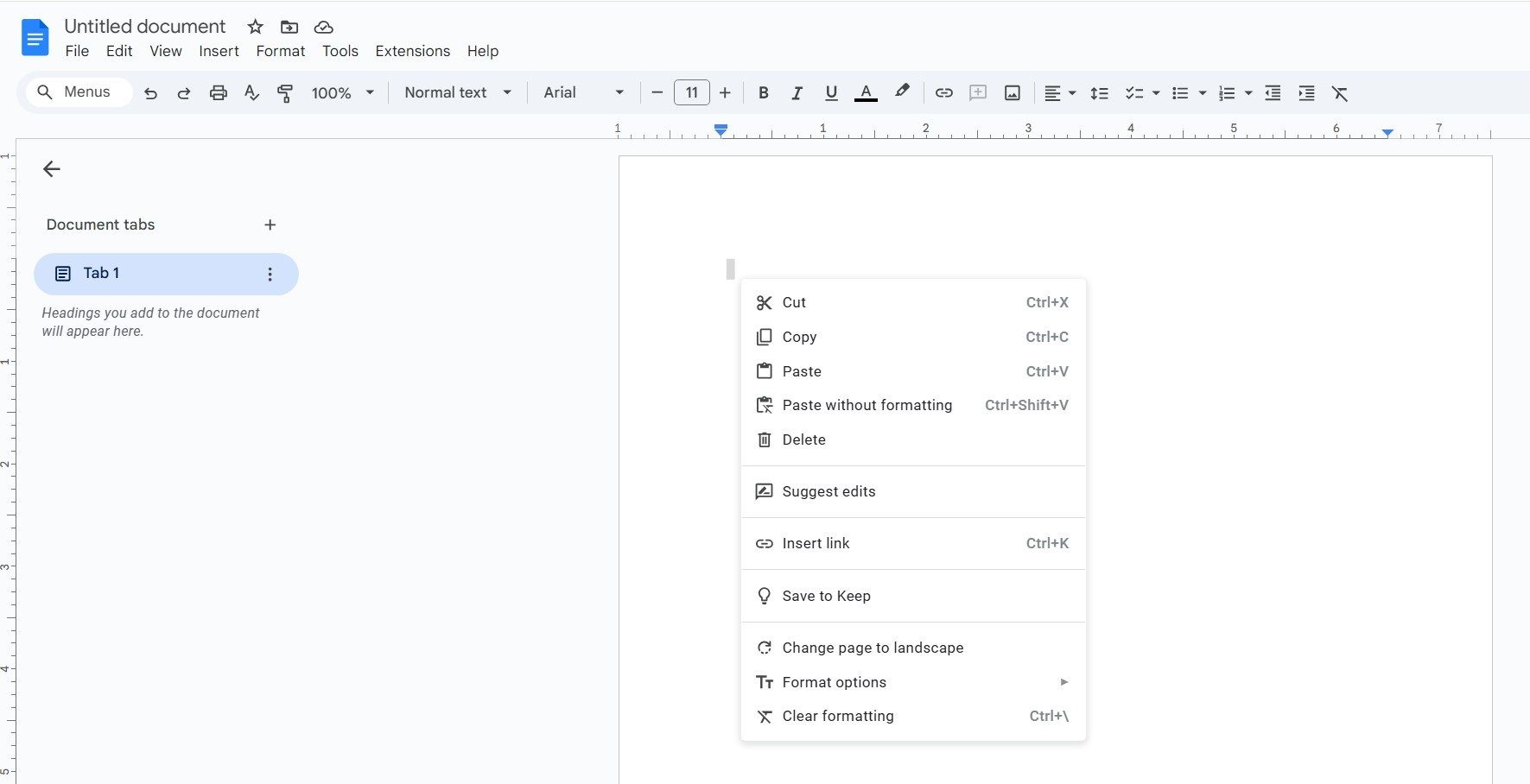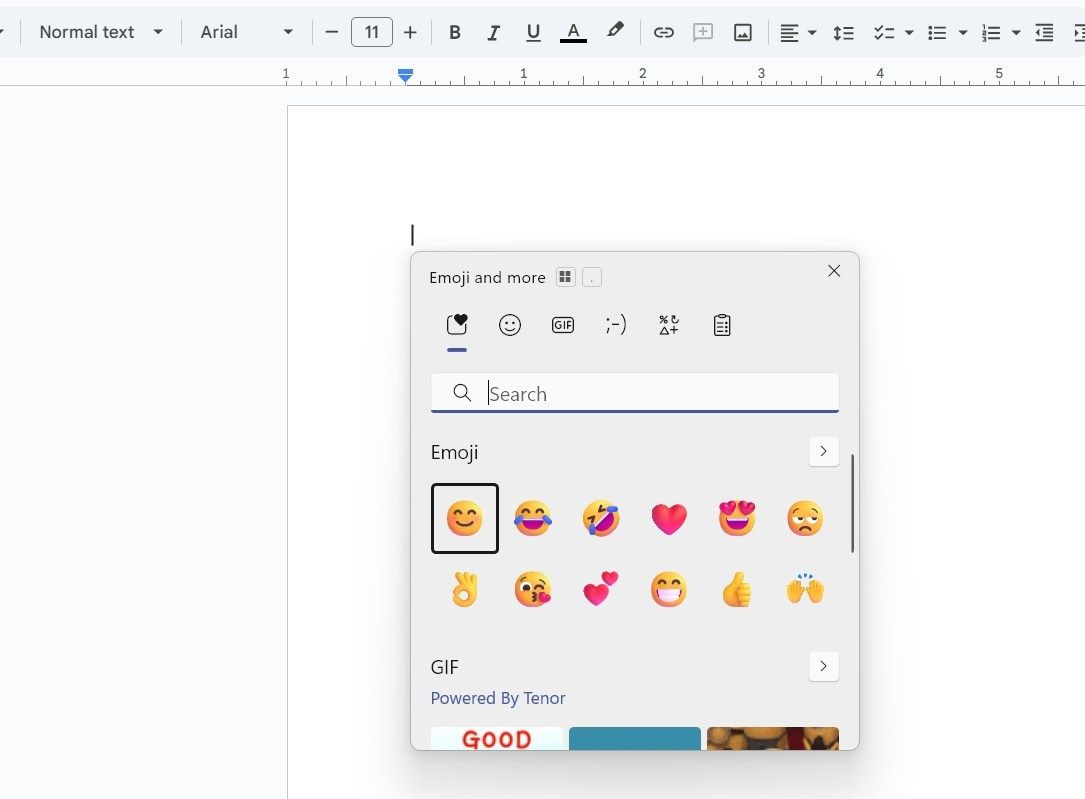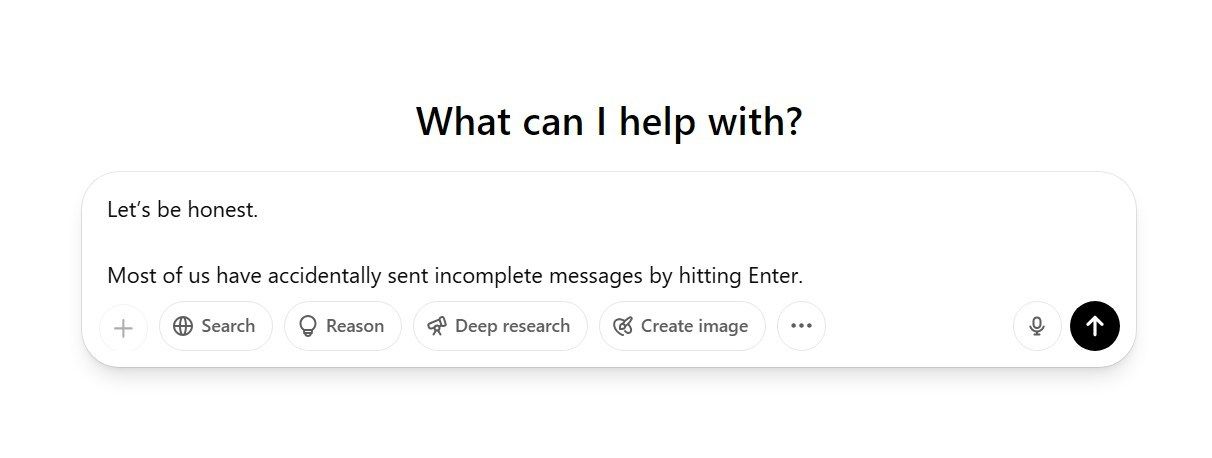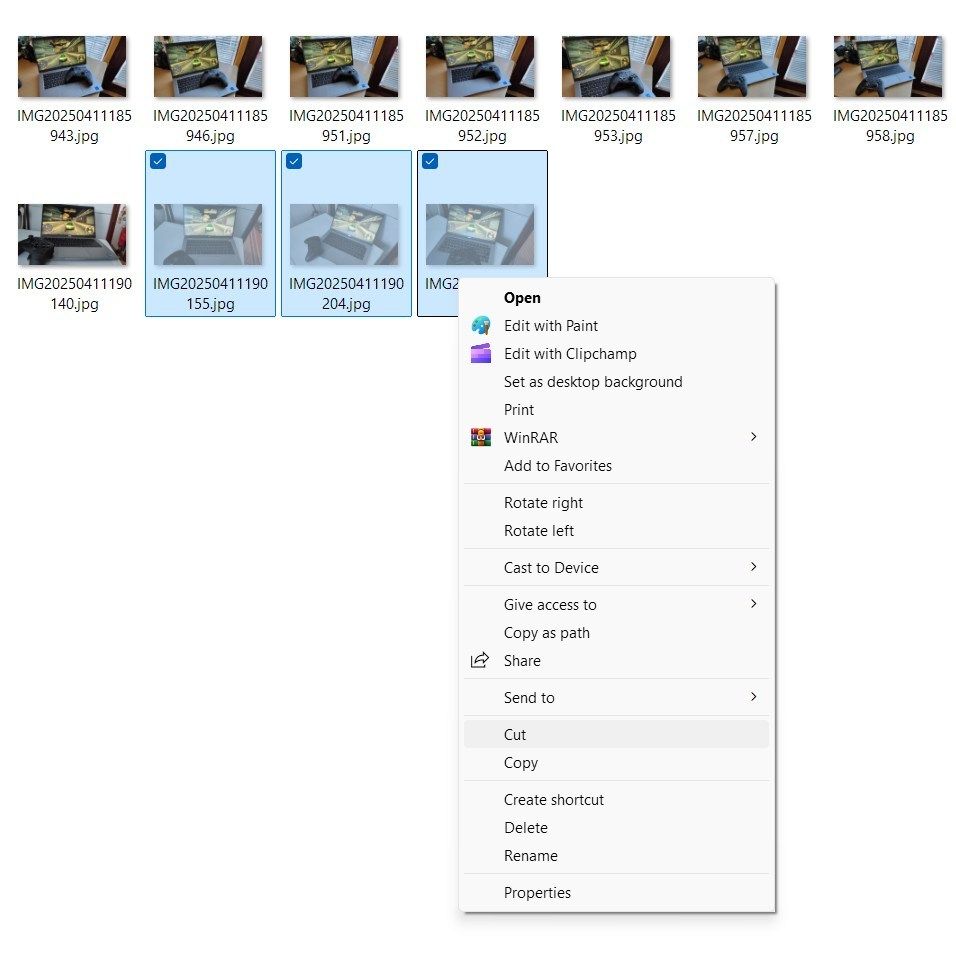Mastering all the keyboard shortcuts that Windows has to offer isn’t just about working more efficiently—it’s about making your entire computer experience more effortless and streamlined. Admittedly, Windows doesn’t have the most intuitive user interface, with many important settings buried deep within the numerous submenus.
Fortunately, it offers a near-endless selection of shortcuts for almost every action you perform. By learning some of the most useful ones, you can shave valuable seconds off every task, quickly adding up to real time saved each day. Here’s a list of my favorite shortcuts I couldn’t imagine getting through the day without.
13
Trigger Search: Windows+S
One of the most critical functions in any operating system is the search feature. It lets you quickly find apps, important files, settings, and almost anything else on your computer without having to dig manually through your drives.
Fortunately, Windows makes accessing the Search Bar quick and straightforward. Pressing Windows+S or even just the Windows key brings up the search bar, ready for your search query. If the file or app isn’t available locally (on your computer), Windows will automatically search for it online using Bing through Edge. It’s a great little productivity tool, and once you master searching in Windows 11, you’ll find your files in no time.

Related
How to Disable Bing in the Windows 11 Start Menu
Does anyone deliberately use Bing in the Start Menu?
12
Move to URL Bar: Ctrl+L
As a writer, I spend a good portion of my day working in Google Chrome, so shortcuts that work in web browsers are especially important to me. One of my favorites is Ctrl+L, which instantly selects the URL in the address bar.
From there, I can do a wide range of actions: copy the current URL to share it or use it for a hyperlink, paste a new one over it, or start typing a fresh web search.
This is traditionally done with a mouse, but since the address bar is relatively small, it’s easy to accidentally missclick and open a site from your bookmarks bar instead. Plus, you’re shaving off precious seconds each time you use it. While it’s not technically a Windows-only shortcut (it also works on Chromebooks and Macs), the good news is that this shortcut is shared by most major web browsers, including Chrome and Edge.
11
Switch Between Apps: Alt+Tab
Gamers will know this one, as it’s one of the only ways to access Windows without closing a full-screen game. Pressing Alt+Tab and then holding Alt brings up a simplified version of the Task Switcher, a small window that contains all your open windows.
From here, you can easily jump between open tabs by pressing Tab while holding Alt. To move the selector back, press Shift+Alt+Tab instead. You can also quickly tap Alt+Tab to switch between your two most recent windows. Windows 11 also has a more elaborate, full-screen version of the Task Switcher, which you can access by pressing Windows+Tab. I find the regular Alt+Tab perfectly adequate for quick switching between apps.
It’s one of the most essential shortcuts for multitasking, and if you frequently jump between windows, this is one you’ll want to memorize and incorporate into your routine right away.
10
Permanently Delete a File: Shift+Delete
Normally, you don’t want to skip the Recycle Bin when deleting files in Windows 11. The bin is there for a reason—it allows you to easily recover an accidentally deleted file.
However, if you’re dealing with a file that’s several gigabytes in size, you probably don’t want it lingering in the Recycle Bin, since it would still take up valuable space on your drive. While you could empty the entire Recycle Bin or delete just that file manually, there’s a faster option in the form of Shift+Delete. This shortcut permanently deletes the file, bypassing the Recycle Bin altogether.
It’s a quick and efficient way to free up drive space. Just be careful not to use it on the wrong file!
9
Paste Without Formatting: Ctrl+Shift+V
Here’s another shortcut that isn’t specific to Windows but rather word processors and text editors. Normally, when you copy a piece of text, your PC will also copy its formatting—things like font type, size, color, bolding, italics, and header markers. This is an essential feature if you’re copying text from something like Google Docs to Word and want to preserve the original formatting.
However, you don’t always want to preserve these attributes and just want the text instead. That’s where Ctrl+Shift+V can help you, as it pastes the raw text stripped of all formatting. It’s perfect for copying and pasting between different apps.
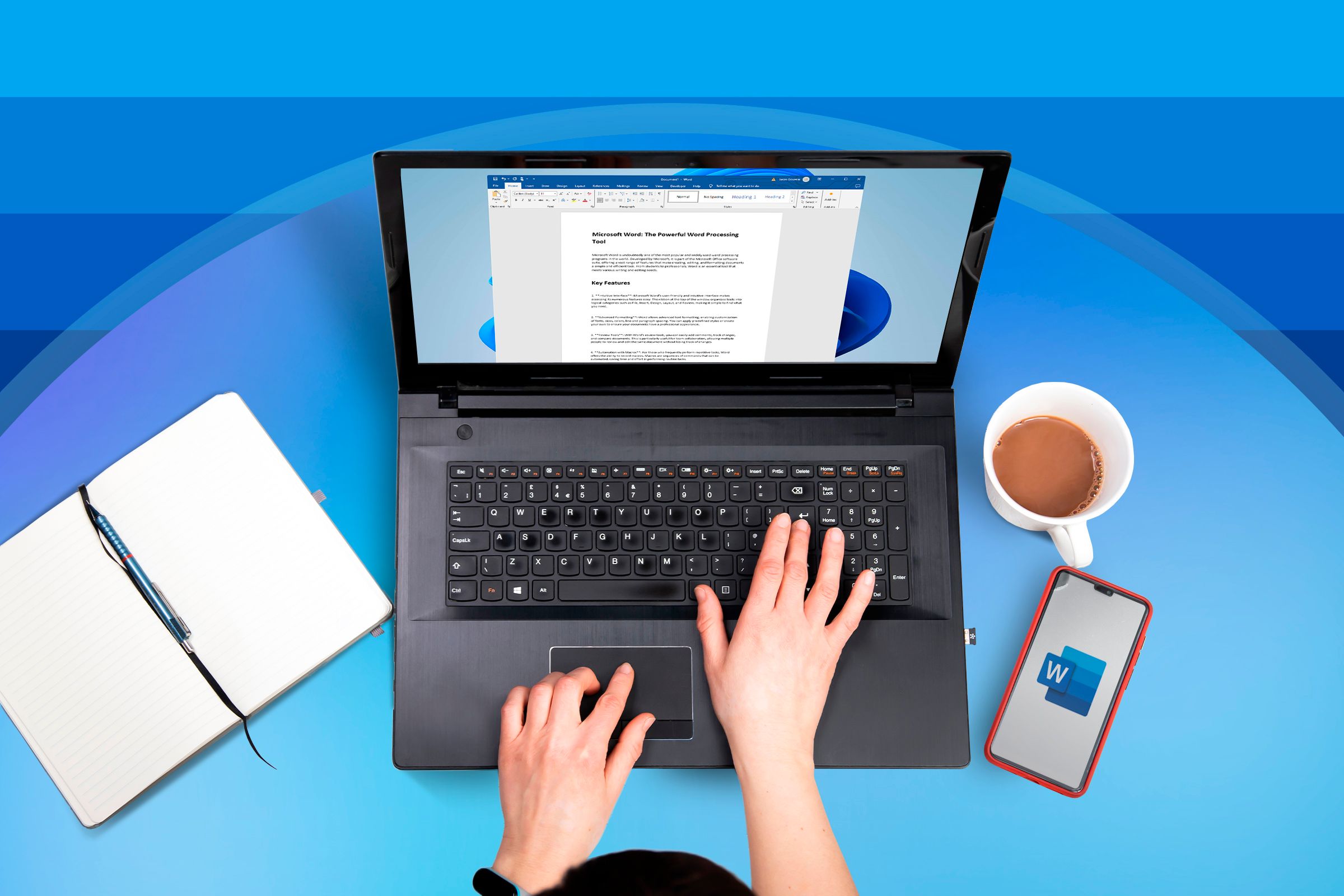
Related
8
Text Selection Essentials: Shift+Arrows, Ctrl+Shift+Arrows, Shift+End/Home
Memorizing all the text selection shortcuts was one of the first things I did when starting my writing career. If you also spend a large portion of your work day in text documents or emails, mastering these text selection shortcuts is a must. They’re faster, you don’t have to take your hands off the keyboard, and the text selection becomes more predictable, too.
The most basic text selection shortcut is Shift+Arrow keys. Pressing the left or right arrow key selects one character at a time, while the up and down arrows select entire lines. Adding Ctrl (Shift+Ctrl+Arrow keys) lets you select whole words.
Meanwhile, Shift+End/Home moves the cursor to the end or start of a line, and Shift+Ctrl+End/Home selects all text from your current cursor position to the very end or beginning of the document.
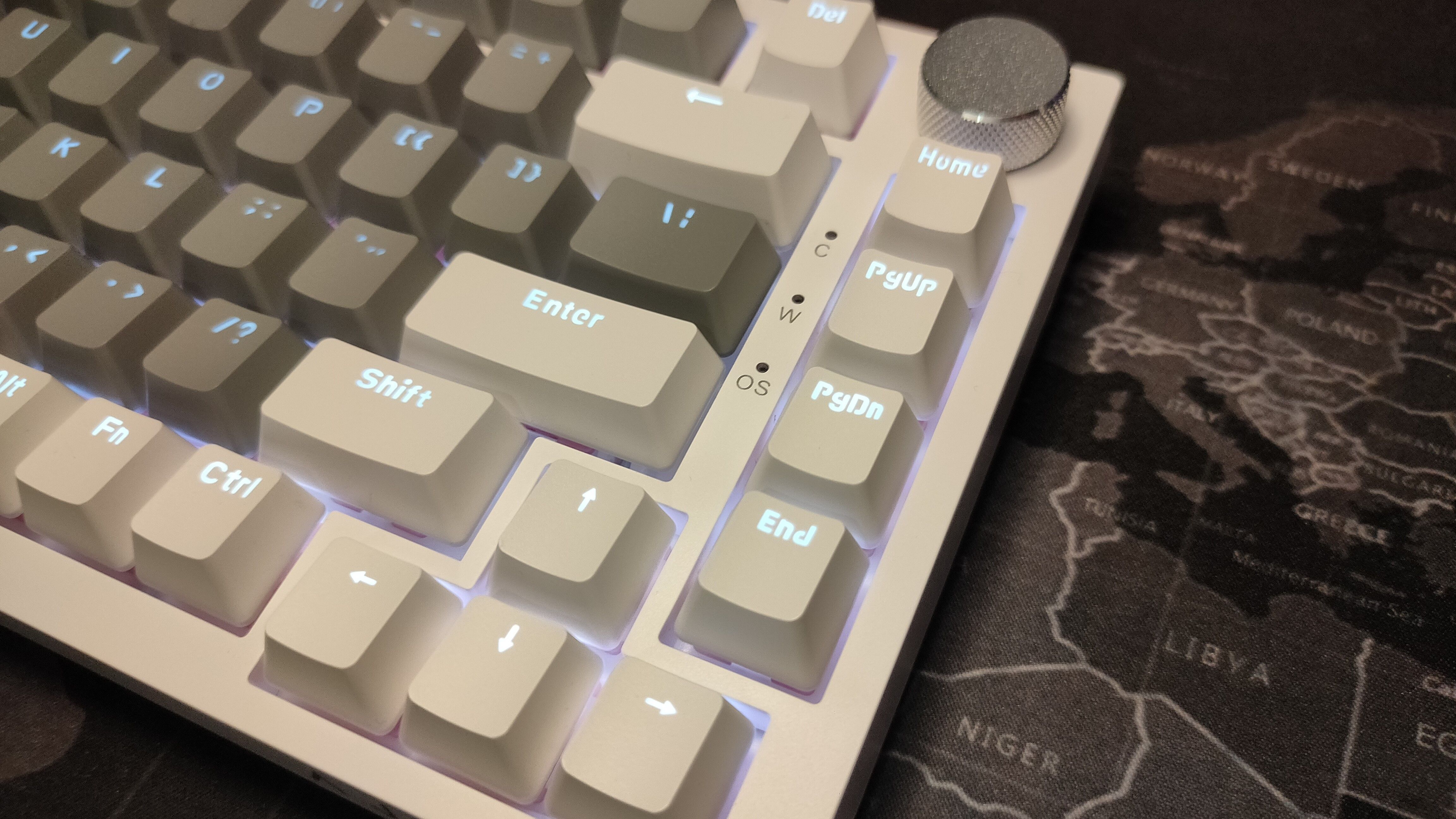
Related
Stop Ignoring the Home, End, Page Up, and Page Down Buttons
Show those forgotten keys some love and boost your productivity.
7
Open Emoji Picker: Windows+.
Here’s one shortcut I often forget about, usually opting for the built-in emoji picker in chat apps instead (I really should make an effort to use it). It’s the Windows emoji picker, originally introduced in Windows 10 and further improved and expanded in Windows 11.
You can open it by pressing Windows+. (period), giving you access to a range of emojis, GIFs, kaomojis, and symbols. The symbols are particularly useful if your keyboard lacks certain characters, like the em dash or the degree symbol.

Related
6
Select Everything: Ctrl+A
One of the most versatile Windows shortcuts is Ctrl+A, which instantly selects all text, files, or items in the active window.
You might already use this shortcut in File Explorer, but don’t underestimate how widely it applies—the shortcut works in a wide range of apps. You can use it to highlight a list of recent emails, mass-edit photos, copy all the contents of a web page, etc. If you’ve only ever used it in a few places, it’s time to incorporate Ctrl+A into your workflow across more apps.
5
Insert Line Break: Shift+Enter
Both regular and web apps handle the “Enter” key inconsistently—some add a line break, while others unpredictably send your message before it’s ready. This used to happen to me frequently in ChatGPT, until I replaced Enter with Shift+Enter to insert line breaks.
This shortcut is much more reliable, as it’ll always insert a line break regardless of the app, allowing you to write longer messages and emails and edit them before you hit an intended “Send.”
4
Cut and Paste to Move Files: Ctrl+X, Then Ctrl+V
While you’re likely familiar with the shortcuts for copying and pasting (Ctrl+C and Ctrl+V), you might not know that cutting also has a shortcut—Ctrl+X, and it works in many apps. This shortcut is perfect for moving files and text from one place to another.
Select which files or text you want to move, press Ctrl+X, and go to your destination. Once there, press Ctrl+V to paste the contents. This eliminates the need to delete the original files or text, which saves time and streamlines your workflow.


